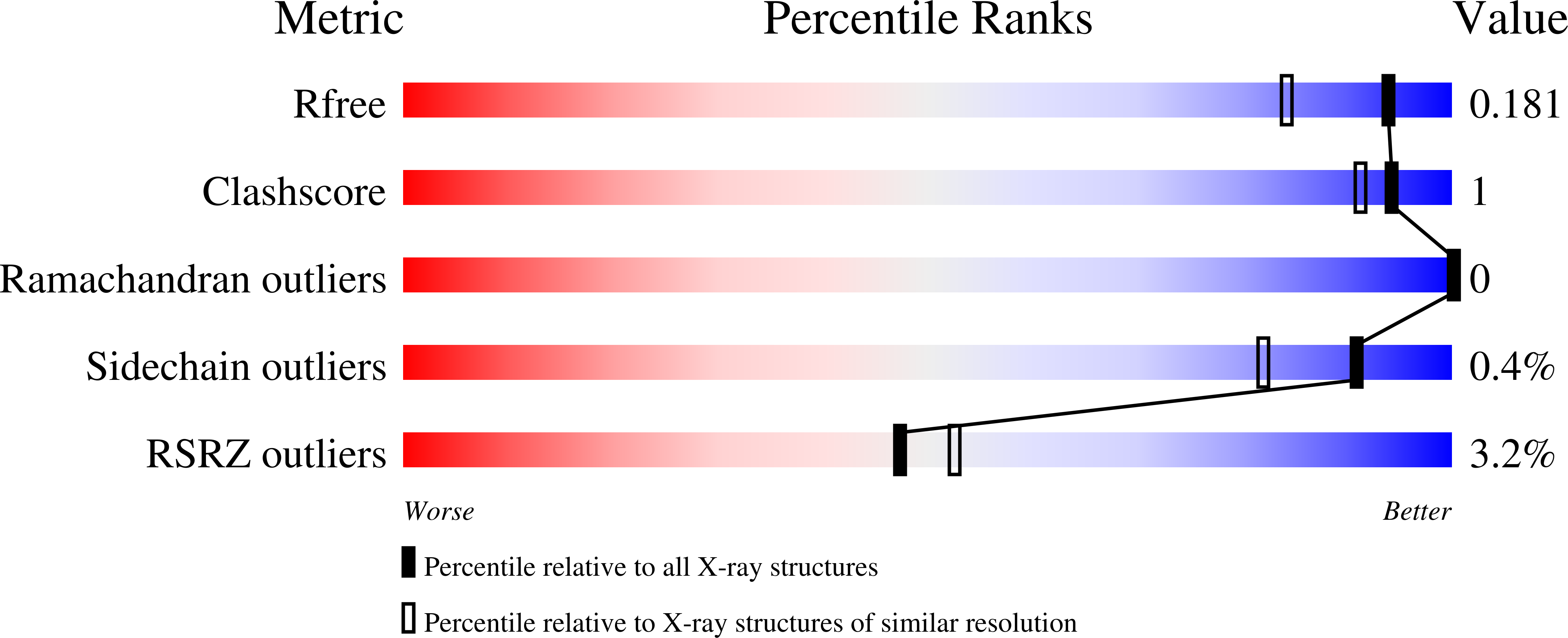
Deposition Date
2023-06-09
Release Date
2023-08-09
Last Version Date
2024-05-22
Entry Detail
PDB ID:
8T4C
Keywords:
Title:
Membrane-associated thioredoxin oxidoreductase FetE from Campylobacter jejuni
Biological Source:
Source Organism:
Campylobacter jejuni subsp. jejuni (Taxon ID: 354242)
Host Organism:
Method Details:
Experimental Method:
Resolution:
1.50 Å
R-Value Free:
0.18
R-Value Work:
0.15
R-Value Observed:
0.15
Space Group:
P 1 21 1


